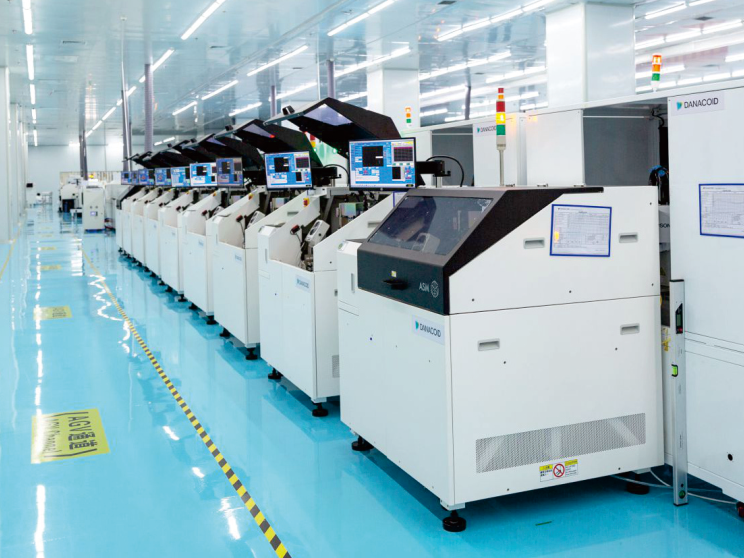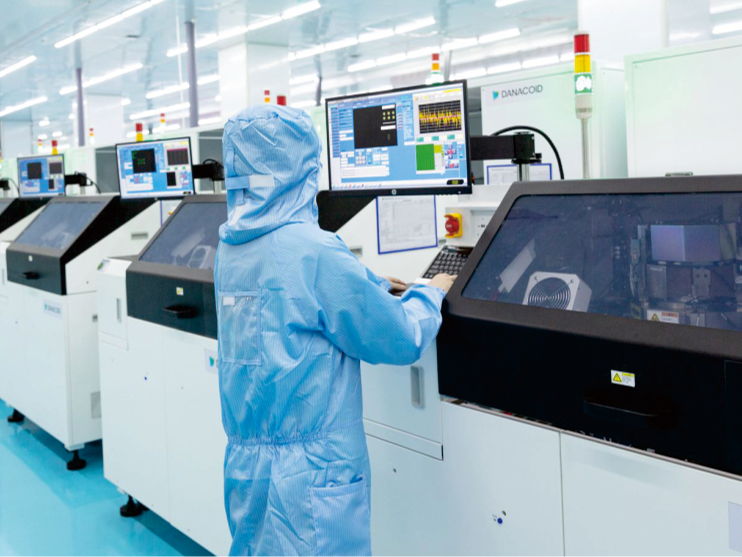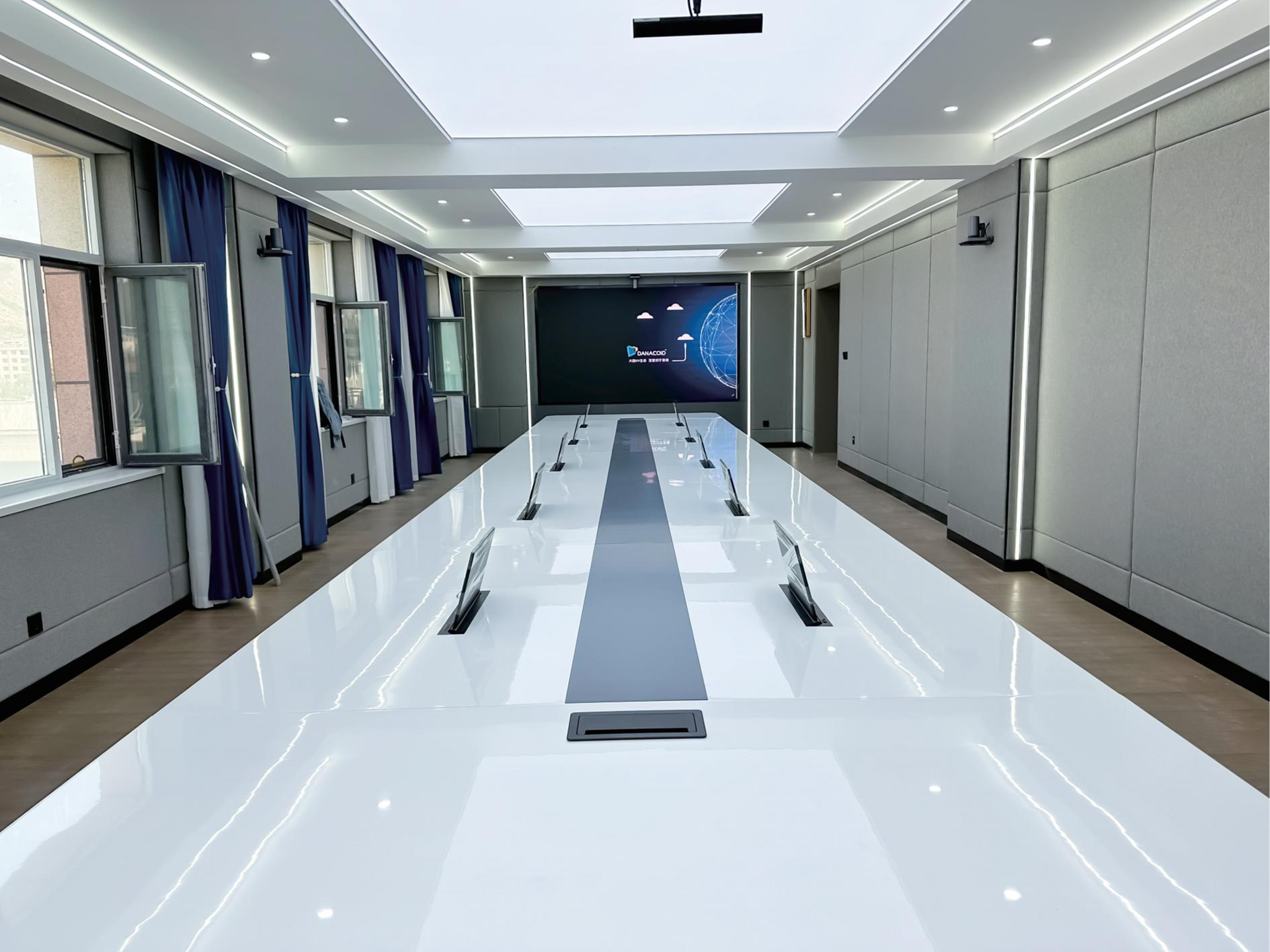How Do USB Microphones Perform in Noisy Environments?
Introduction to USB Microphones in Everyday Use
USB Microphones have become a standard audio tool for people working from home, creating podcasts, streaming games, or recording music without the need for complex studio equipment. They offer convenience because they connect directly to a computer without requiring preamps, mixers, or external interfaces. The simplicity and affordability of these devices have made them a favorite for both casual users and professionals seeking quick setup and portability. Despite these advantages, one of the most pressing concerns is their ability to deliver clear and intelligible sound in noisy environments. Since many people use them in homes, offices, or shared spaces with uncontrollable background sounds, understanding how USB Microphones perform under such conditions is essential.
The Challenge of Noise in Real-World Settings
Sources of Noise That Impact USB Microphones
Noise is present in nearly every environment, whether it comes from traffic outside, fans inside a computer, air conditioning systems, or people moving in the background. USB Microphones, like all microphones, capture vibrations in the air, and without proper isolation, they record both the voice and the noise surrounding it. The degree to which this becomes a problem depends on the microphone’s design and the user’s recording space. Homes and offices rarely have acoustic treatment, which means that reflections, echoes, and constant ambient hums often enter the recording.
How Pickup Patterns Influence Noise Capture
One of the key features affecting performance is the pickup pattern. Cardioid USB Microphones are most commonly used because they focus on sound directly in front while rejecting noise from behind. This makes them suitable for moderate noise situations such as home offices. Supercardioid and hypercardioid models offer even narrower sensitivity, which can further reduce background capture but are more sensitive to sound coming from the rear. Omnidirectional models, in contrast, pick up sound equally from all directions, making them unsuitable for noisy environments. Choosing the right pickup pattern significantly influences how a microphone handles noise.
Built-In Features That Improve Performance
Digital Signal Processing and Filtering
Many USB Microphones include built-in digital signal processing features to manage noise. High-pass filters are designed to reduce low-frequency rumble from machines or vehicles, while noise gates can mute low-level background sounds when the speaker is silent. Some microphones apply compression or equalization that emphasizes vocal clarity over noise. While these features improve performance, they are not always perfect and may introduce digital artifacts if overused.
Mechanical Design and Accessories
Microphones are also equipped with physical solutions for noise management. Integrated shock mounts reduce vibrations from typing or desk movements. Pop filters and foam windscreens minimize breath sounds and plosive bursts, which in turn help maintain clearer recordings in imperfect environments. These mechanical designs work alongside electronic processing to produce better overall sound quality in noisy conditions.

External Strategies to Reduce Noise
Environmental Adjustments
Even with advanced microphones, the environment remains a critical factor. Using carpets, curtains, and foam panels reduces echo and muffles background noise. Choosing a smaller and quieter room makes a noticeable difference in how USB Microphones perform. Simple steps such as closing windows or turning off fans also help minimize noise capture.
Microphone Positioning and Technique
Close positioning of the microphone to the mouth ensures that the speaker’s voice is louder than ambient noise. This close miking technique is especially effective with cardioid microphones. Users who place the device too far away often discover that their recordings are dominated by room noise, no matter how good the microphone is. Keeping the microphone angled slightly away from noise sources further reduces unwanted sounds.
Software Noise Suppression
In addition to hardware solutions, software plays an important role. Programs such as Krisp or NVIDIA Broadcast filter out constant background sounds like typing or fan noise. Video conferencing tools like Zoom and Microsoft Teams also offer built-in noise suppression. While software filters can be highly effective, they may slightly degrade the natural quality of the voice if used aggressively.
Comparing USB Microphones to Professional Alternatives
Limitations Compared to XLR Systems
Professional studios often use XLR microphones with external preamps, mixers, and processors. These setups allow greater control over gain, equalization, and noise filtering, giving them an edge over USB Microphones in noisy environments. USB Microphones are designed to balance convenience with quality, but they generally lack the advanced circuitry and flexibility of dedicated studio gear.
Improvements in Modern USB Microphones
Despite these limitations, USB Microphones have improved significantly over the years. Many now include large-diaphragm capsules and higher sampling rates that bring them closer to professional quality. For everyday use in podcasting, streaming, and conferencing, modern USB Microphones often deliver sound that is more than sufficient, provided the user adopts effective noise management practices.
Practical Considerations for Noisy Environments
Frequency Characteristics of Noise
Noise is not only a matter of volume but also of frequency. Low-frequency rumbles from subways or heavy machinery are harder for microphones to reject, while high-frequency noises like typing or paper rustling are easier to filter. Some USB Microphones are tuned to emphasize midrange clarity, which makes speech more intelligible even when background sounds are present.
Real-World User Adaptations
Ultimately, the effectiveness of USB Microphones in noisy environments often depends as much on user adaptation as on technology. People recording in noisy homes may find that small environmental changes drastically improve results. Others may combine microphone features with software filters to achieve professional clarity. The synergy of microphone design, user technique, and noise management tools defines the overall performance.
Conclusion
USB Microphones are versatile, convenient, and effective tools that perform well in noisy environments when used correctly. While they cannot completely eliminate background sounds, they provide sufficient clarity for most professional and personal applications when combined with proper placement, environmental adjustments, and supplementary tools. Their accessibility has democratized high-quality audio recording, and with careful use, they can deliver impressive results even outside the controlled environment of a studio.
FAQ
Are USB Microphones reliable in noisy rooms?
Yes, they can deliver clear recordings, especially if the user chooses a cardioid model, places it close to the mouth, and takes steps to reduce background noise.
Do USB Microphones come with noise cancellation features?
Some include built-in filters such as noise gates or high-pass filters, though these are best complemented with external software solutions.
Which type of USB Microphone works best in noisy environments?
Cardioid and supercardioid models generally perform best because they focus on sound from the front and reduce sensitivity to surrounding noise.
Can USB Microphones match professional studio microphones?
While they are convenient and deliver strong results, USB Microphones still lack the flexibility and advanced processing of professional XLR systems.
How can users minimize noise when recording with USB Microphones?
Recording in quiet rooms, using close placement, adding soft furnishings, and applying software suppression are effective strategies.
Do omnidirectional USB Microphones perform well in noisy areas?
No, they are less suitable since they pick up sounds equally from all directions, making background noise more noticeable.
Are USB Microphones good for podcasting in home settings?
Yes, with proper placement and minor noise control measures, they provide excellent sound for podcasting and other home-based recording tasks.
Can software completely eliminate noise?
Software can significantly reduce background noise but may also affect the natural tone of the voice if applied too strongly.
Do all USB Microphones include built-in filters?
Not all models include advanced filters, so checking product specifications is important before purchasing.
Are USB Microphones a good long-term investment for noisy environments?
Yes, when paired with good practices and accessories, they can serve as reliable audio solutions for both casual and professional use.
Table of Contents
- Introduction to USB Microphones in Everyday Use
- The Challenge of Noise in Real-World Settings
- Built-In Features That Improve Performance
- External Strategies to Reduce Noise
- Comparing USB Microphones to Professional Alternatives
- Practical Considerations for Noisy Environments
- Conclusion
-
FAQ
- Are USB Microphones reliable in noisy rooms?
- Do USB Microphones come with noise cancellation features?
- Which type of USB Microphone works best in noisy environments?
- Can USB Microphones match professional studio microphones?
- How can users minimize noise when recording with USB Microphones?
- Do omnidirectional USB Microphones perform well in noisy areas?
- Are USB Microphones good for podcasting in home settings?
- Can software completely eliminate noise?
- Do all USB Microphones include built-in filters?
- Are USB Microphones a good long-term investment for noisy environments?









